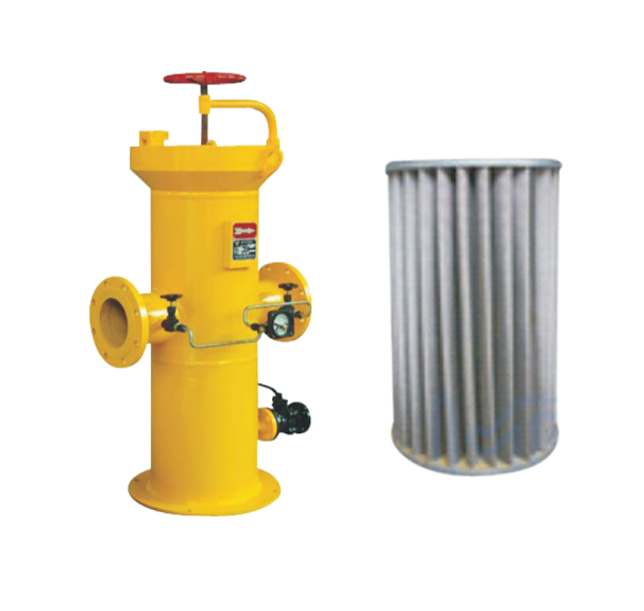The operation specification of gas engine filter
The operation specification of gas engine filter is a key link to ensure the safe operation of equipment, and needs to be formulated in combination with technical standards and actual use scenarios. The following is a common code of practice framework for domestic and light industrial gas equipment:
1. Preparation before installation
Selection confirmation
Select the matching filter model according to the gas type (natural gas, liquefied gas, etc.), pressure level, flow demand.
Check product certification (e.g. explosion-proof certification, material testing report) for compliance with local regulations (e.g. GB 3836, ATEX)。
Environmental inspection
Ensure that the installation area is well ventilated and away from fire or high-temperature equipment.
Check that the gas line pressure is within the filter design range (refer to the equipment nameplate)。
2.installation operation
Mounting direction
Install in the direction of the marked arrow to ensure that the gas flow is consistent with the filter element design.
Avoid inverted or inclined installation (which may affect filtration or cause fluid accumulation)。
Sealed connection
Use explosion-proof joints or clamps to connect, and the sealing gasket must be intact.
Perform a leak test after connection: Apply soapy water to check whether the interface is bubbling.
Grounding requirement
The metal shell must be grounded reliably to prevent electrostatic accumulation and sparks.
3. Operation monitoring
Pre-start check
Ensure that the upstream and downstream valves of the filter are open.
Check the initial reading of the differential pressure gauge (the pressure drop of the new filter element should be close to 0)。
Running parameter monitoring
Pressure difference monitoring: regularly record the inlet and outlet pressure difference, if the pressure drop exceeds the allowable value (such as 2 times the initial pressure drop), the filter element needs to be replaced.
Leakage detection: Regular inspection with gas detector, especially at valves and flanges.
Exception handling
Sudden rise in pressure drop: the filter element may be blocked or frozen (check anti-freezing measures in cold environments)。
Leakage alarm: Immediately close the gas valve, start ventilation, prohibit open flames and contact professionals.
4.maintenance and maintenance
Filter replacement cycle
Household equipment: It is recommended to replace every 12-24 months, or according to the pressure differential indicator.
Industrial equipment: as recommended by the manufacturer (usually replaced when the pressure difference reaches 0.5-1 bar)。
Cleaning and inspection
Check whether there is corrosion or foreign matter inside the shell when replacing the filter element.
Clean the shell with neutral solvent to avoid damage to the sealing surface.
Record keeping
Record the maintenance date, filter type, differential pressure data, and abnormal conditions.
5. Safety precautions
Explosion-proof measure
Close the gas main valve before operation, and remove the components using explosion-proof tools.
Do not store flammable materials around the filter.
Personnel qualification
Operators need to receive gas safety training and hold certificates (such as special operation certificates)。
Emergency treatment
In case of leakage: cut off the air source → evacuate personnel → prohibit switching electrical appliances → ventilate until the gas concentration is below 20% of the lower explosive limit (LEL)。
In case of fire: use a dry powder fire extinguisher to avoid direct impact on the filter resulting in gas diffusion.
6. Compliance requirements
Comply with local gas safety regulations (e.g. China GB 16691, Europe EN 161)。
Regular inspection should be carried out by qualified professional organizations and issue test reports.


